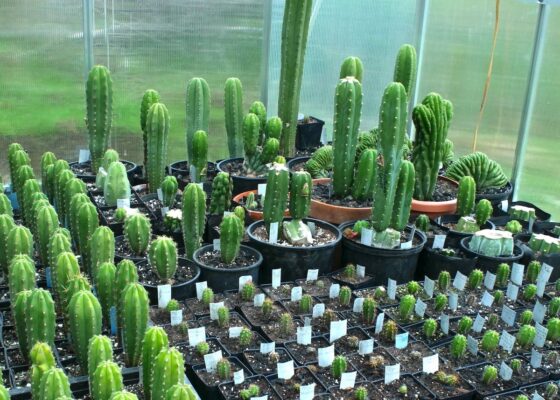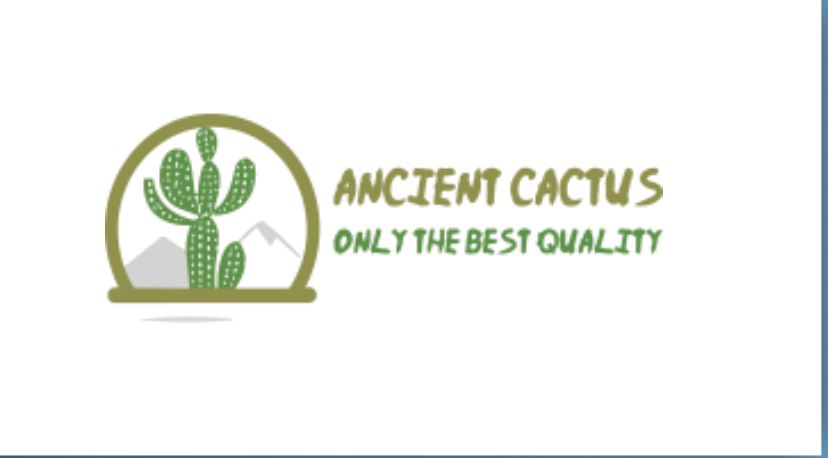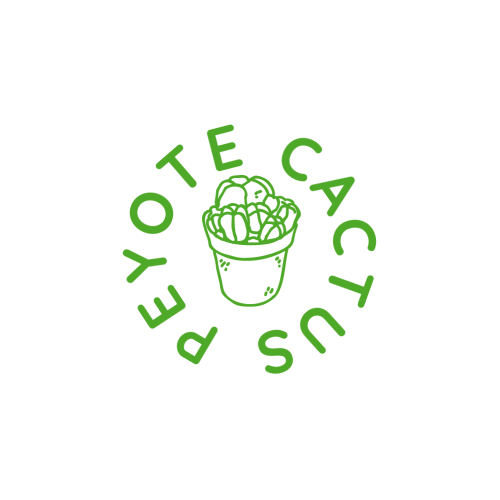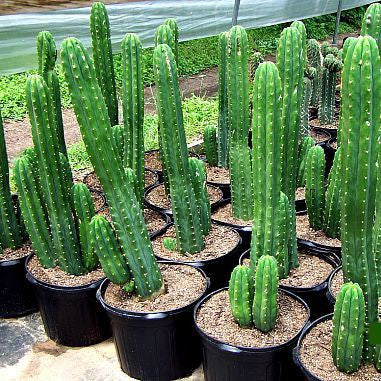Style
San Pedro Cactus and Peyote Cactus: Exploring the Differences and Similarities
The San Pedro Cactus and Peyote Cactus: Exploring the Differences and Similarities
The San Pedro Cactus Trichocereus
The San Pedro cactus Trichocereus pachanoi) is a tall, columnar cactus native to the Andes Mountains of Ecuador and Peru. It is known for its hallucinogenic properties due to the presence of mescaline, a psychoactive compound.
The San Pedro cactus has a green, dense, and compact appearance, with 4 to 10 sides, usually between 6 and 8. It features small yellow spines and large white flowers that bloom at night.

The San Pedro cactus has a long history of ritual and medicinal use in indigenous Andean communities. It is consumed by “curanderos” (traditional healers) to identify ailments and induce purification through vomiting.
The cactus is also believed to have various healing properties, including wound healing, reducing inflammation, and treating skin problems. Preparation typically involves boiling the green inner part of the cactus for an extended period, sometimes up to a day or two, before consumption.
Peyote Cactus For Sale vs. San Pedro Cactus For Sale
While the San Pedro cactus Trichocereus pachanoi and the peyote cactus (Lophophora williamsii) both contain mescaline and have psychoactive effects, they are distinct in several ways. Peyote is smaller and rounder.
while San Pedro is taller and more elongated. Peyote is found primarily in Mexico and Texas, while San Pedro is native to the Andes.
Additionally, peyote is considered an endangered species due to heavy use for its psychedelic properties, whereas San Pedro is more readily available.
Consumption and Preferences
According to a recent study, San Pedro is the more commonly consumed mescaline-containing cactus, with 56.1% of participants reporting using it in the past 12 months. In contrast, only 20% of participants reported consuming peyote from native habitats.
The study also found that the motivations for preferring San Pedro for sale or peyote cactus for sale differ. Peyote users were more likely to cite indigenous cultural traditions and environmental sustainability as factors, while San Pedro users were more focused on availability and potency. Price and potency were also significantly more likely to be chosen as motivations by those preferring San Pedro over peyote.
Where To Buy San Pedro Cactus
We are among the leading online retailers of peyote, offering top-notch items at competitive prices. We provide each and every one of our customers with great service and a discount on our merchandise.
We provide premium plants, like Mescaline Powder, Peyote Buttons, San Pedro Cactus, Peyote Cactus Seeds, and many more.
Customers who regularly place orders on our website can always count on us to send their orders at the exact time and date specified for delivery to their doorstep. For those looking to buy premium peyote buttons, our store is the best place to go.
Peyote has been used historically as a powerful medicine. It has been a means of communication for Native Americans and othersfor thousands of years.
Conclusion
The San Pedro cactus Trichocereus pachanoi) and the peyote cactus share some similarities, but they are distinct in their appearance, geographic distribution, and cultural significance.
While peyote is considered an endangered species, San Pedro remains more readily available and is the more commonly consumed mescaline-containing cactus. Understanding the differences between these two cacti is important for those interested in their psychoactive properties and for promoting the sustainable use of these plants.


